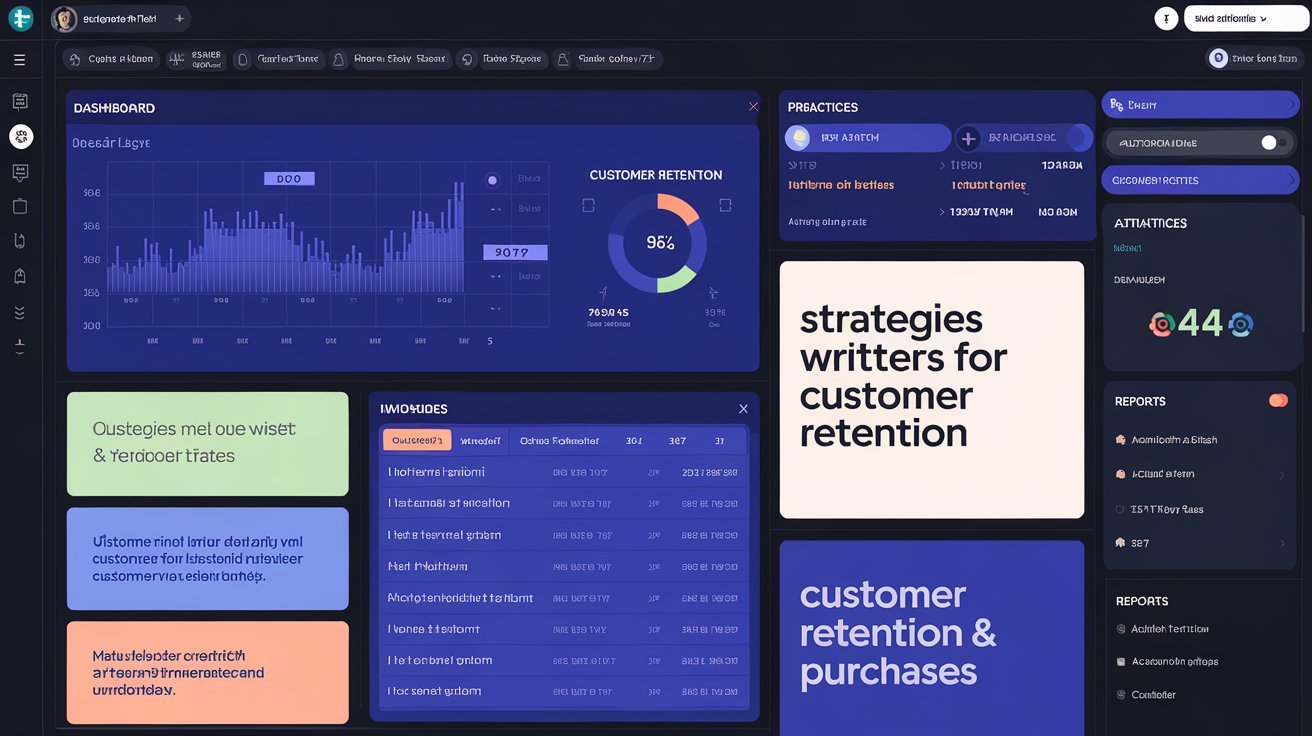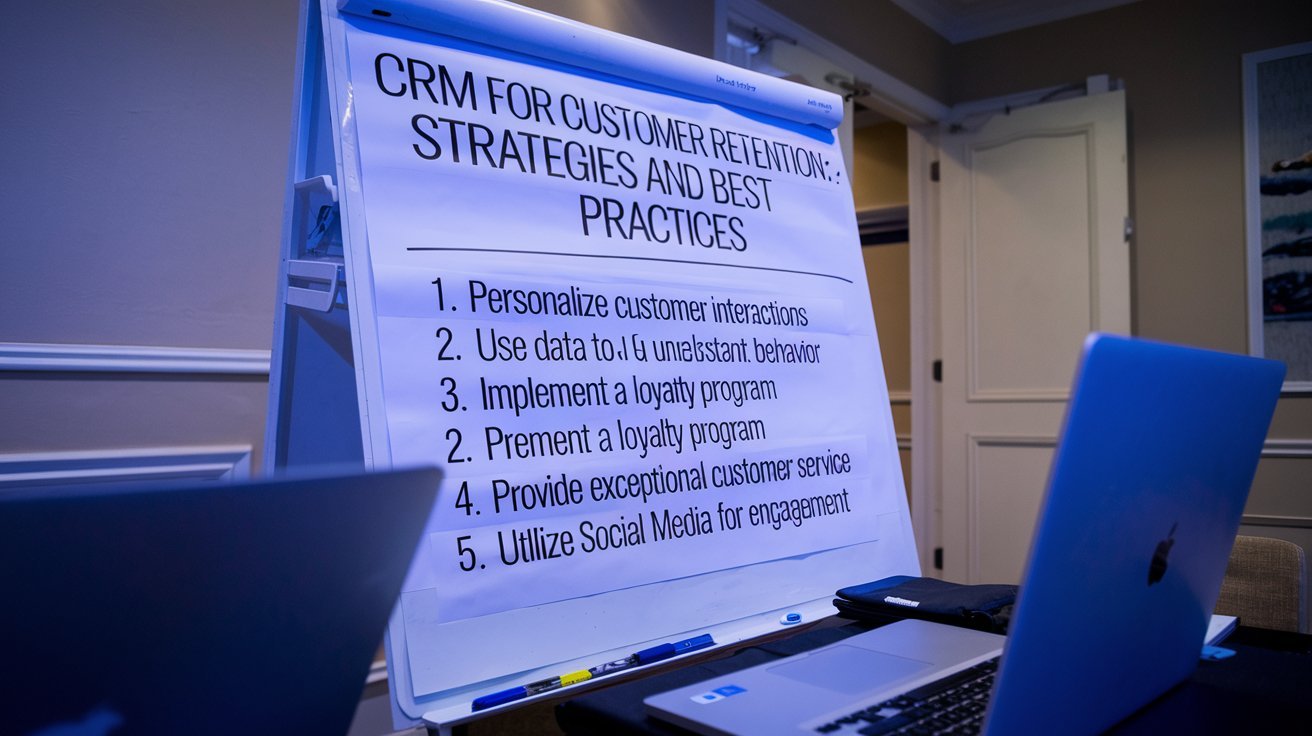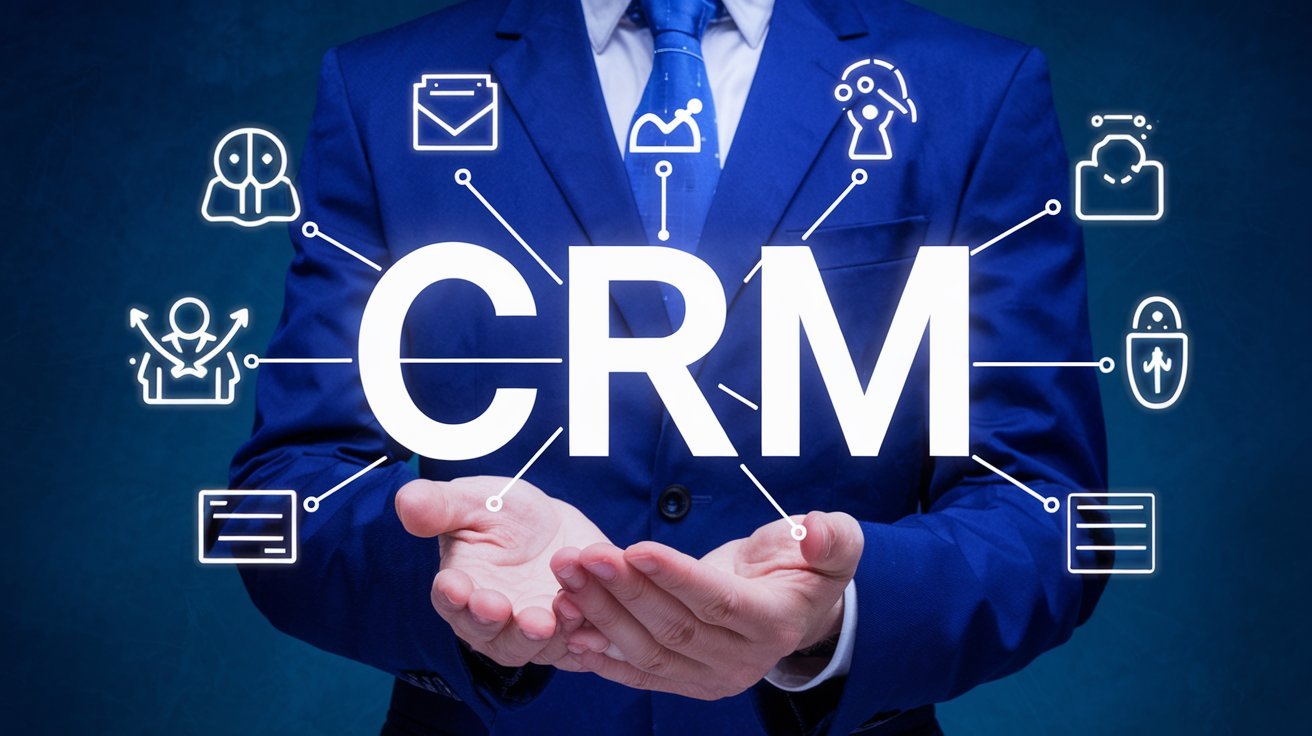Competitive landscape of today’s business world, retaining existing customers is as crucial as acquiring new ones. A robust Customer Relationship Management (CRM) system plays a pivotal role in enhancing customer retention by providing businesses with the tools to engage, understand, and cater to their customers more effectively. This blog explores key strategies and best practices for leveraging CRM to boost customer retention, while incorporating trending keywords and techniques.
1. Personalize Customer Interactions
Personalization is at the heart of effective customer retention. CRM systems offer valuable data that can be used to tailor interactions to individual customer preferences and behaviors.
Best Practices:
- Leverage Customer Data: Use CRM data to segment your audience and create personalized marketing campaigns. By understanding customer preferences and purchase history, you can send targeted offers and recommendations.
- Automate Personalized Communications: Implement CRM automation tools to send personalized emails, messages, and follow-ups based on customer behavior and interactions.
- Track Customer Preferences: Regularly update customer profiles in your CRM to reflect their latest preferences and behaviors.
Trending Keywords: Personalized marketing, CRM automation, customer segmentation, targeted offers.
2. Implement Effective Loyalty Programs
Loyalty programs are a proven strategy for increasing customer retention by rewarding repeat customers and encouraging brand loyalty.
Best Practices:
- Design Reward Systems: Use CRM to track customer purchases and interactions, allowing you to design reward programs that resonate with your customer base. Offer points, discounts, or exclusive access to products and services.
- Communicate Regularly: Keep customers informed about their loyalty status and reward opportunities through CRM-driven email campaigns and notifications.
- Analyze Program Performance: Utilize CRM analytics to measure the effectiveness of your loyalty programs and adjust them based on customer feedback and engagement levels.
Trending Keywords: Customer loyalty programs, CRM analytics, reward systems, engagement strategies.
3. Enhance Customer Support and Service
Exceptional customer support is a cornerstone of customer retention. A CRM system helps streamline and improve customer service by providing a comprehensive view of customer interactions and history.
Best Practices:
- Centralize Customer Information: Use CRM to gather and store customer support interactions, purchase history, and feedback in one place, enabling support teams to resolve issues more efficiently.
- Implement Multi-Channel Support: Ensure that your CRM system supports multiple communication channels, such as email, chat, and social media, to provide seamless support experiences.
- Monitor and Improve Response Times: Track response and resolution times using CRM reporting tools to identify areas for improvement and enhance overall customer satisfaction.
Trending Keywords: Customer support automation, multi-channel support, CRM integration, response time optimization.

"These cases are perfectly simple and easy to distinguish. In a free hour, when our power of choice is untrammeled and when nothing prevents our being able to do what we like best, every pleasure is to be welcomed and every.!"
Cherry Cruuz
4. Use Data Analytics to Predict Customer Needs
Predictive analytics within CRM systems can help anticipate customer needs and behaviors, allowing businesses to proactively address issues and opportunities.
Best Practices:
- Analyze Customer Trends: Utilize CRM analytics to identify patterns and trends in customer behavior, enabling you to predict future needs and preferences.
- Automate Proactive Outreach: Set up CRM triggers for proactive outreach based on predictive data, such as reminders for re-engagement or follow-ups after specific interactions.
- Personalize Offers and Recommendations: Use predictive insights to deliver personalized offers and recommendations that are more likely to resonate with individual customers.
Trending Keywords: Predictive analytics, customer behavior insights, CRM triggers, personalized recommendations.
5. Regularly Gather and Act on Customer Feedback
Customer feedback is a valuable resource for improving retention strategies. A CRM system can help collect, analyze, and act on feedback efficiently.
Best Practices:
- Implement Feedback Tools: Integrate feedback collection tools with your CRM to gather customer opinions through surveys, reviews, and direct communications.
- Analyze Feedback Trends: Use CRM analytics to identify common themes and areas for improvement based on customer feedback.
- Act on Insights: Develop action plans to address feedback and communicate improvements to your customers, demonstrating that their opinions are valued and acted upon.
Trending Keywords: Customer feedback collection, CRM feedback analysis, action plans, customer satisfaction improvements.
6. Create a Customer-Centric Culture
Building a customer-centric culture within your organization is essential for long-term retention. A CRM system supports this by aligning business processes with customer needs.
Best Practices:
- Train Your Team: Ensure that all team members understand how to use CRM tools effectively to enhance customer interactions and service.
- Align Business Processes: Use CRM insights to align marketing, sales, and support processes with customer needs and preferences.
- Monitor Customer Sentiment: Regularly track and analyze customer sentiment and satisfaction levels to ensure that your organization remains focused on delivering exceptional experiences.


